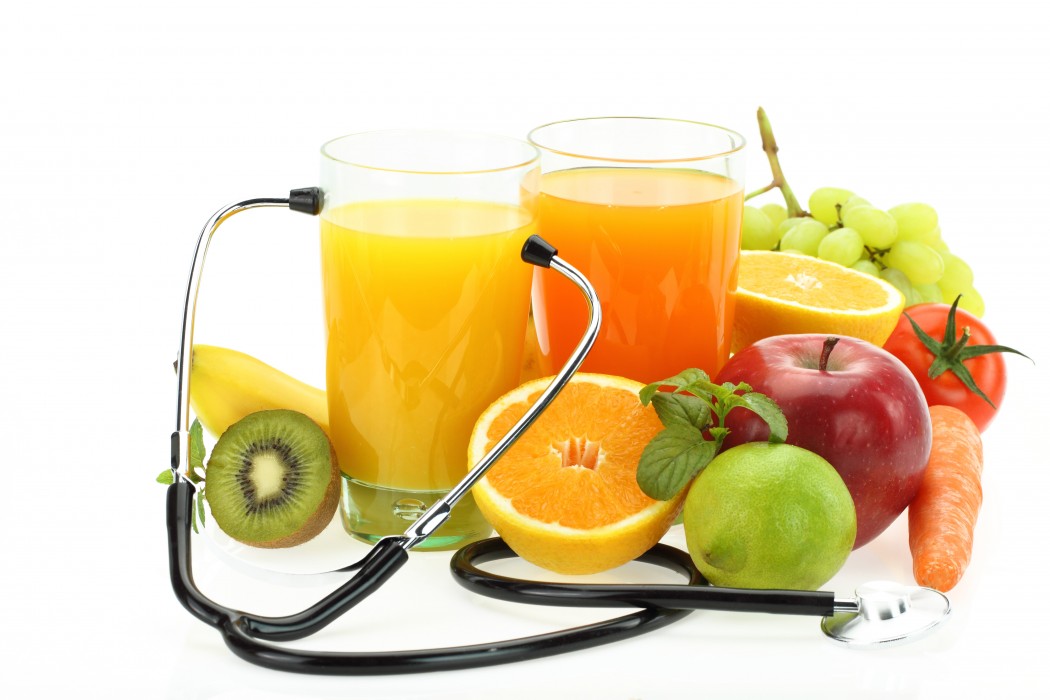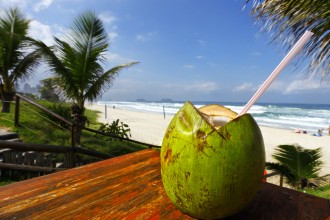If you experience migraine headaches, finding out what triggered the episode is always exhausting. Why not try focusing on things you can eat? While none of these recommendations are sure cures, they are a part of a healthy, unprocessed, and nutrient rich diet that can help in preventing and managing migraine headaches.
Fruits and Vegetables

Photo by gpointstudio/Shutterstock
While grabbing an apple might not cure your headache, making sure you get lots of fruits, vegetables in your diet might help to keep them away. Many agree that processed foods are a key trigger for migraines, so ensuring that your diet is mostly plant based can be a healthy approach to keeping migraines under control. Plant estrogen combats the negative effects of the estrogen that our bodies naturally produce. The fibre in plants cleanses the body of waste and excess estrogen, helping to maintain a healthy levels in the body, and potentially preventing a migraine. Watch out for bananas and citrus fruits, as they contain tyramine which is a trigger for some.
Fatty Fish

Photo by svry/Shutterstock
Salmon, mackerel, trout, and herring are known for being heart-healthy foods, but the omega-3 fatty acids they provide contain (EPA and DHA) have been shown to be anti-inflammatory compounds. A study at the University of Cincinnati suggests that when taken as supplements, EPA and DHA reduces the frequency and severity of migraines in some patients. Aim for four servings a week and you’ll get just as much as you would taking a supplement.
Ginger

Photo by aboikis/Shutterstock
While ginger hasn’t been rigorously tested as a headache relief aid, it has been shown to have similar anti-inflammatory compounds to those found in non-steroidal anti-inflammatory drugs. Even if ginger might not be an effective migraine treatment, it will help to soothe the nausea that many people experience during a migraine. Take it fresh as a tea, in stirfrys and salads, or in supplement form.
Gluten-Free Grains

Photo by Slavica Stajic/Shutterstock
Gluten may be a migraine trigger for many, but that doesn’t mean that there aren’t plenty of other grains you can consume (and enjoy). Many grains are rich in magnesium, which research shows to be deficient in many who experience migraines. Quinoa, Rice, Millet, Amaranth, and Corn are all great substitutes for wheat. Try a new morning cereal (hot or cold), crackers from the health food store, or switch out your usual carbohydrate at dinner with something out of the ordinary.
Nuts, Seeds, and Legumes

Photo by yesyesterday/Shutterstock
Almonds, cashews, black beans, peas and other legumes are rich in magnesium, are a great source of protein, and can easily be substituted into meals as an alternative to meat (or as just a great addition to a salad or other dish). Many professionals believe that the nitrates found in processed meats (and other processed food) may trigger migraines. Nuts, seeds, and legumes are also often rich in other helpful vitamins. For example, sesame seeds are packed with vitamin E, which helps to balance estrogen and improve the body’s circulation, and can be a great supplement for women who experience migraines during their periods.
Also on RNR:

























